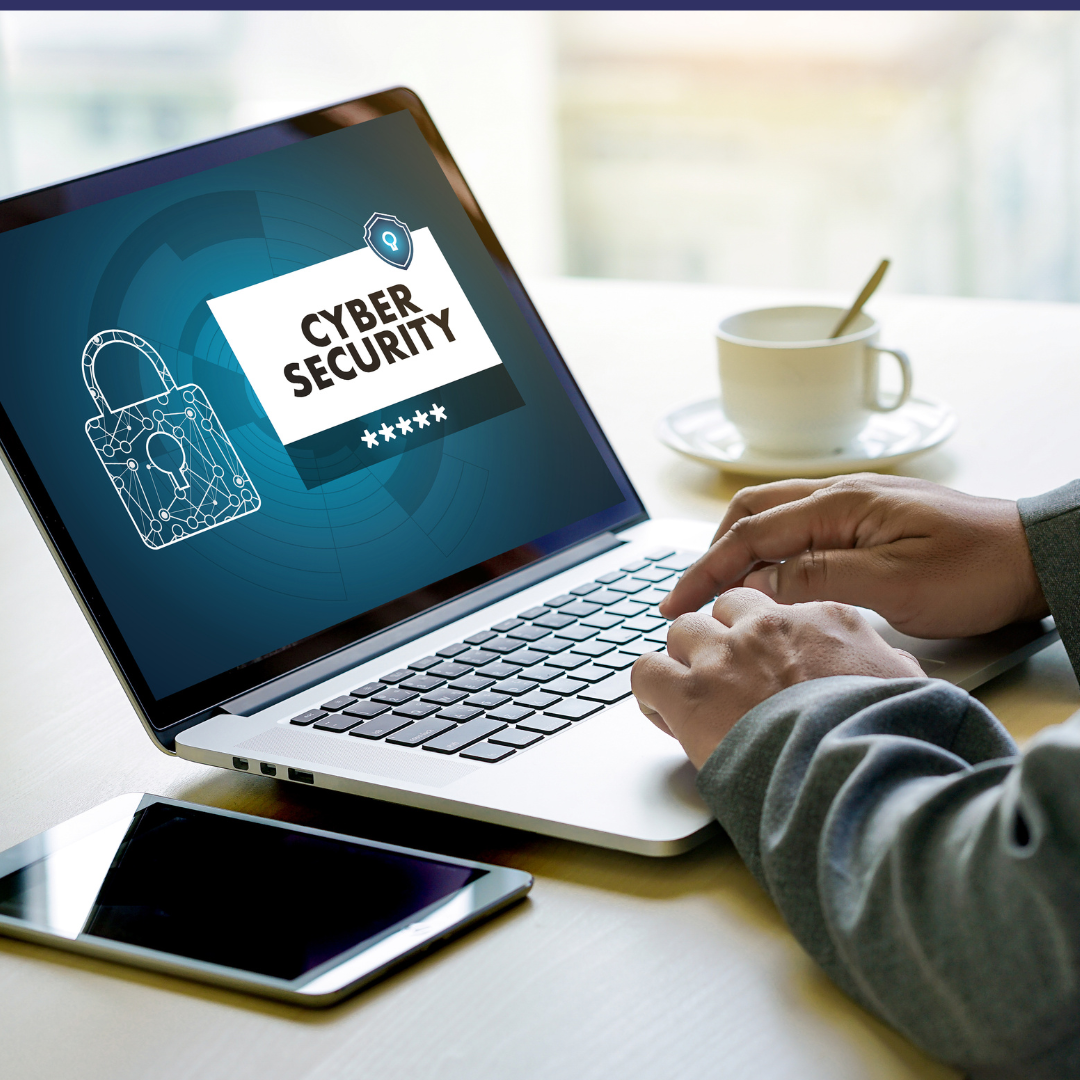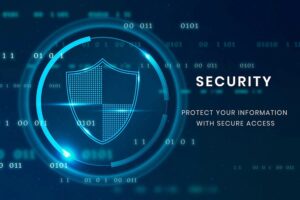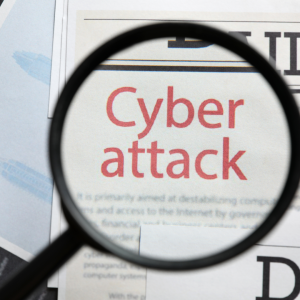This article explores the hidden cyber risks of remote work and what businesses must do now to secure their workforce. The shift to remote and hybrid work has transformed businesses’ operations, offering flexibility and productivity benefits. However, it has also introduced significant cybersecurity risks. As employees access company data from personal devices, unsecured home networks, and public Wi-Fi, businesses face a growing threat landscape that traditional security measures struggle to handle. Without proper safeguards, remote work environments become prime targets for cybercriminals.
RELATED: Cyber Attacks: 10 Signs Your Business is Vulnerable
The Growing Cyber Risks in Remote Work
1. Shadow IT: The Silent Security Breach
Shadow IT refers to employees using unauthorized software, applications, or cloud services without IT approval. This creates security blind spots and weakens overall protection.
- Risk: Sensitive business data may be stored in unapproved cloud services, increasing exposure to breaches.
- Example: An employee uses a free file-sharing service to transfer confidential documents, unknowingly exposing them to cybercriminals.
- Solution: Implement cloud access security brokers (CASB) and enforce strict policies on approved software usage.
2. Unsecured Home Networks & Public Wi-Fi
Employees often use home Wi-Fi networks with weak security settings or connect to public Wi-Fi at coffee shops, exposing them to cyber threats.
- Risk: Hackers can intercept data transmissions through man-in-the-middle (MITM) attacks or Wi-Fi spoofing.
- Example: A remote worker accesses sensitive company files using an unencrypted public Wi-Fi network, allowing an attacker to steal login credentials.
- Solution: Require employees to use secure, encrypted VPNs like Kaluari’s enterprise VPN solutions and enable multi-factor authentication (MFA).
3. Weak Passwords & Credential Reuse
Many employees still use weak passwords or reuse the same credentials across multiple accounts, making them easy targets for cybercriminals.
- Risk: Credential stuffing attacks exploit leaked passwords from past data breaches, granting hackers access to corporate accounts.
- Example: An employee reuses their email password for their work email. The hacker can also access corporate systems if the personal email is compromised.
- Solution: Enforce strong password policies and require password managers to generate and store complex passwords.
4. Phishing & AI-Powered Cyber Attacks
Cybercriminals leverage AI-generated phishing emails and deepfake attacks to deceive employees into revealing credentials or transferring funds.
- Risk: These emails mimic legitimate senders with perfect grammar, realistic branding, and personalized content, making them difficult to detect.
- Example: A remote worker receives an urgent email from a “manager” requesting an immediate wire transfer, only to realize later that it was a deepfake attack.
- Solution: Implement MailSafi’s AI-driven email filtering, which uses machine learning to detect and block phishing attempts in real-time.
MORE LIKE THIS: What is Cyber Hygiene? Best Practices for Your Employees
How Businesses Can Secure Their Remote Workforce
To combat these hidden risks, businesses must prioritize a remote work security strategy. Here’s a checklist to ensure your organization stays protected:
Remote Work Security Checklist
- Secure All Remote Devices: Ensure company devices are encrypted, updated, and protected with advanced endpoint protection solutions like Kaluari.
- Enforce Multi-Factor Authentication (MFA): To add an extra layer of security, require two-step authentication for email, VPNs, and cloud services.
- Deploy a Business-Grade VPN: To protect against cyber threats, mandate that employees only access company systems through an encrypted VPN.
- Monitor & Manage Shadow IT: Use IT monitoring tools to detect and prevent unauthorized software usage.
- Strengthen Email Security: MailSafi’s AI-powered email security blocks phishing, spoofing, and malware-infected attachments.
- Conduct Cybersecurity Awareness Training: Educate employees on the latest phishing tactics, password hygiene, and security best practices.
- Regularly Audit Security Policies: Continuously update security protocols to stay ahead of emerging threats.
The cybersecurity risks of remote work are real and growing. Without proactive security measures, businesses remain vulnerable to data breaches, ransomware attacks, and operational disruptions.
Don’t leave your company exposed. Secure your remote workforce today with Kaluari’s endpoint protection and MailSafi’s advanced email security.




